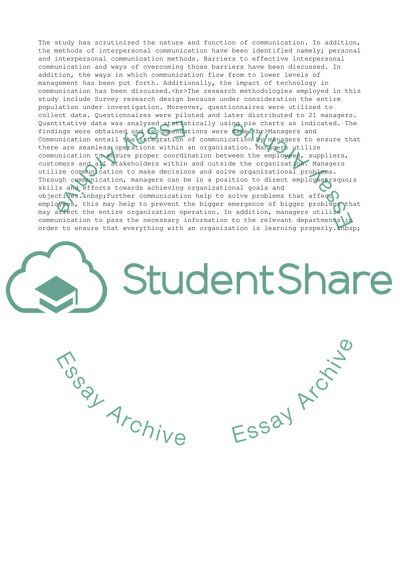Cite this document
(“Managers and Communication Essay Example | Topics and Well Written Essays - 4750 words”, n.d.)
Managers and Communication Essay Example | Topics and Well Written Essays - 4750 words. Retrieved from https://studentshare.org/management/1651767-paper-order-1066651-editing
Managers and Communication Essay Example | Topics and Well Written Essays - 4750 words. Retrieved from https://studentshare.org/management/1651767-paper-order-1066651-editing
(Managers and Communication Essay Example | Topics and Well Written Essays - 4750 Words)
Managers and Communication Essay Example | Topics and Well Written Essays - 4750 Words. https://studentshare.org/management/1651767-paper-order-1066651-editing.
Managers and Communication Essay Example | Topics and Well Written Essays - 4750 Words. https://studentshare.org/management/1651767-paper-order-1066651-editing.
“Managers and Communication Essay Example | Topics and Well Written Essays - 4750 Words”, n.d. https://studentshare.org/management/1651767-paper-order-1066651-editing.


